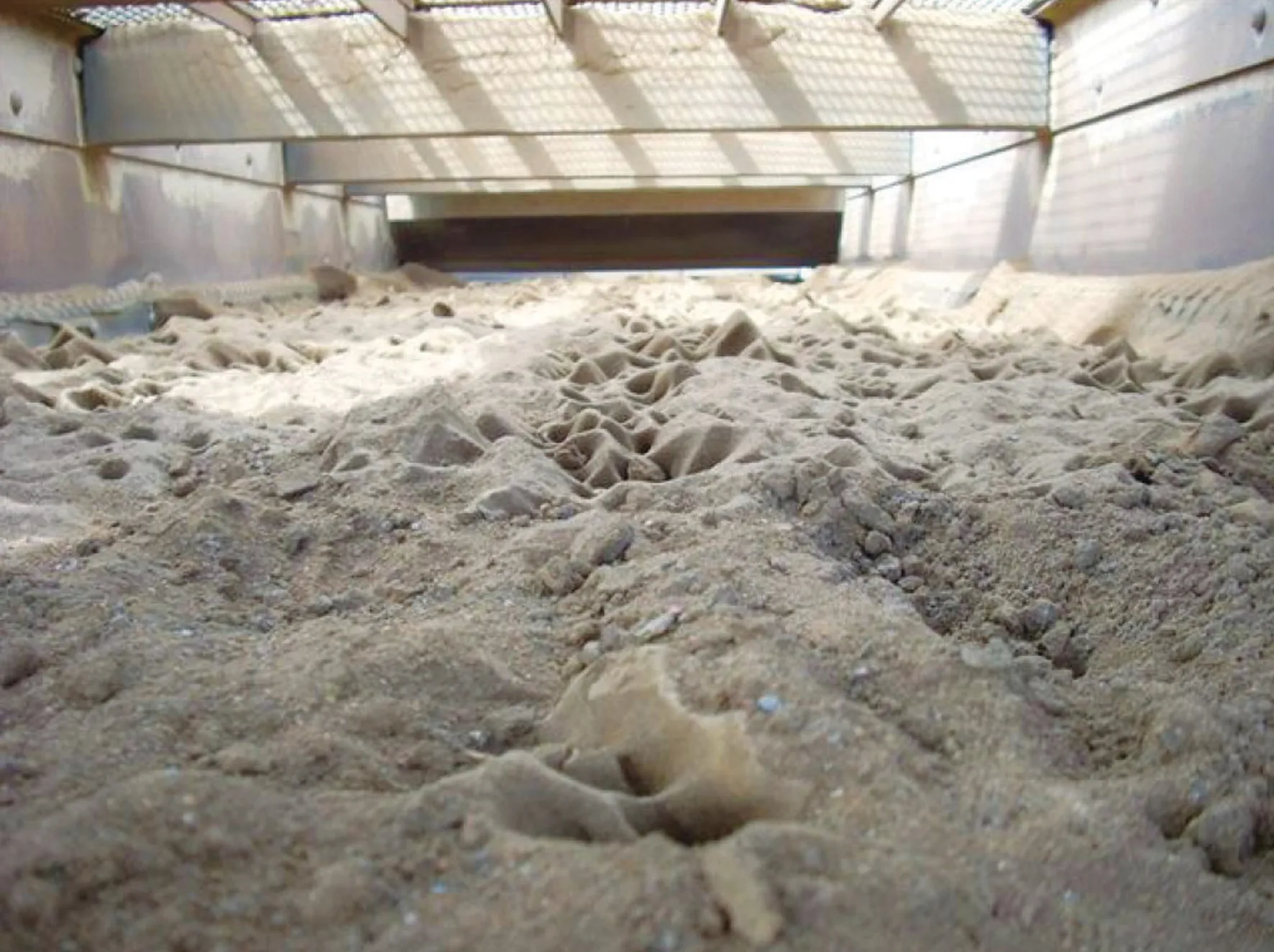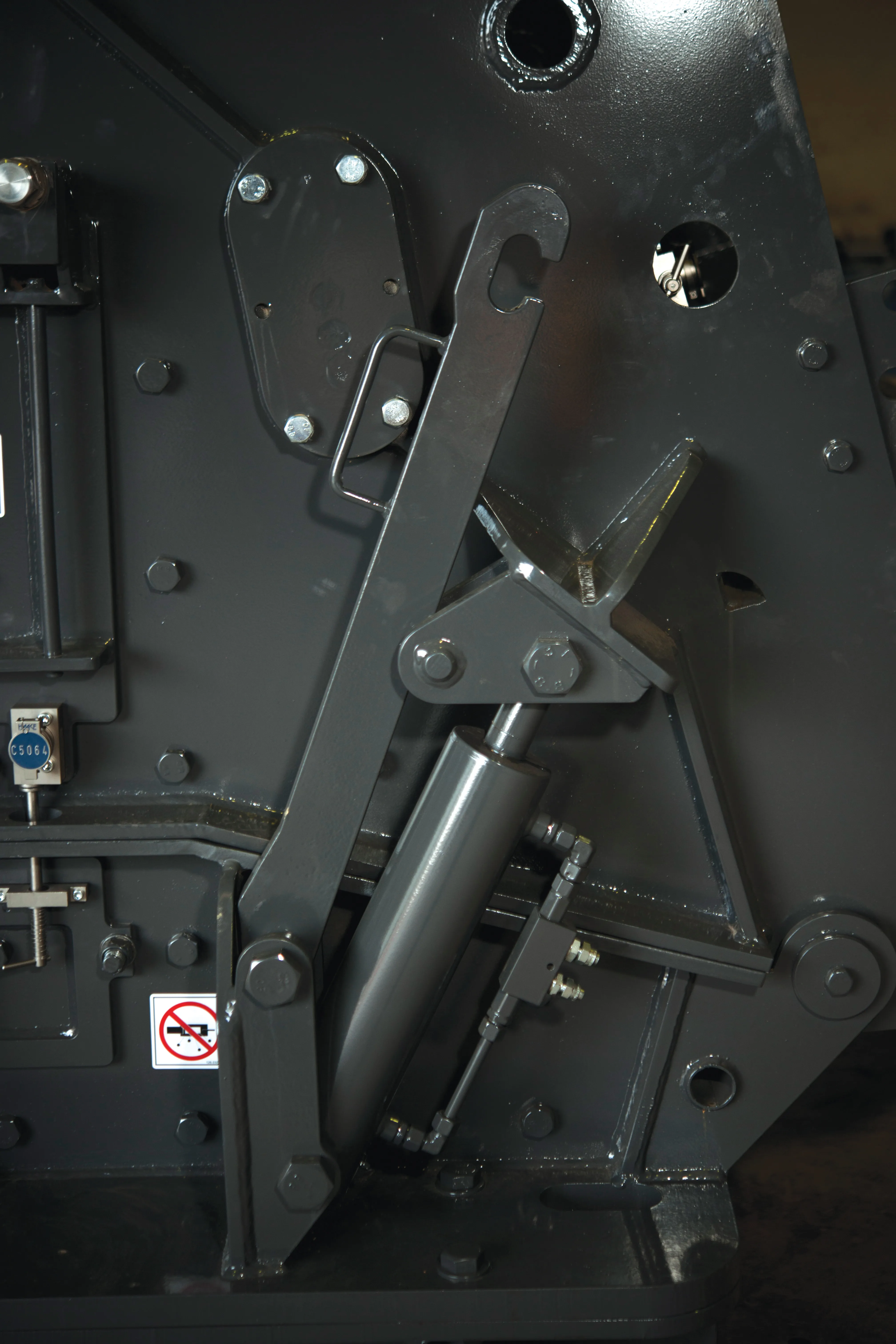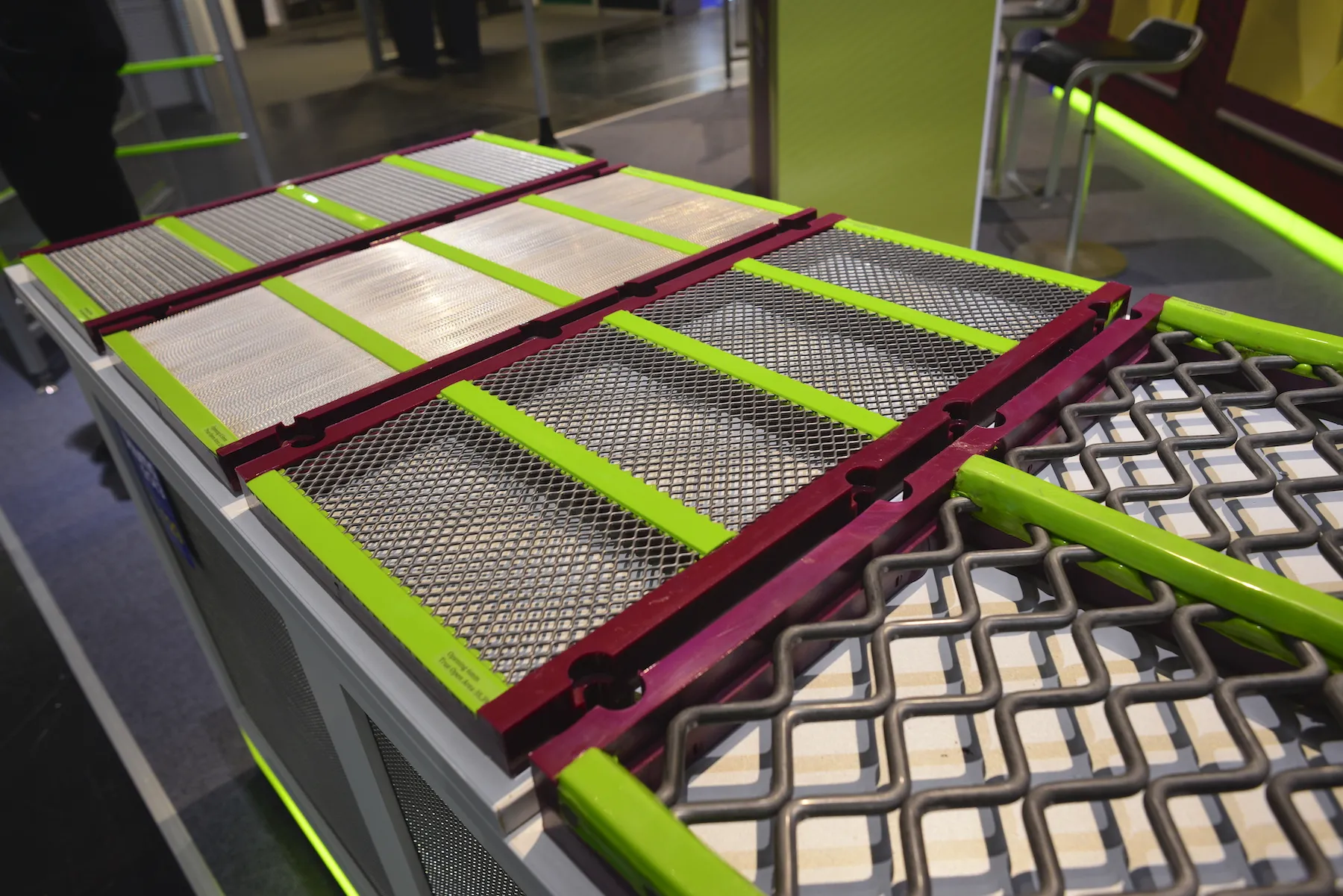Major Wire Industries, a leading manufacturer of screen media, has determined a numbers of methods to tackle common screening problems Screen media inefficiencies can reduce product quality, production and profit as much as a poorly performing screen box. Screen media modifications cost less than screen box upgrades and can provide major benefits for little outlay. If material is coming off the end of the deck, instead of passing through the screen cloth there are several possible problems. It could be that
September 30, 2013
Read time: 5 mins

Screen media inefficiencies can reduce product quality, production and profit as much as a poorly performing screen box. Screen media modifications cost less than screen box upgrades and can provide major benefits for little outlay.
If material is coming off the end of the deck, instead of passing through the screen cloth there are several possible problems. It could be that the wire diameter is too large for the application, resulting in a loss of open area. Reducing the wire diameter size will increase the open area, although there could be some reduction in wear life. Another possibility could be that the bed depth is too heavy for the screen deck with too much material and reducing flow will deal with the problem. Similarly, if material is being dropped or fed too far down the screen, potential open area is wasted.
This can be tackled by repositioning the conveyor or drop box feeding the screen so that material hits on the feed plate of the screen, or as close as possible to the back of the feed end. But it is important to ensure that the material spreads across the screen evenly. In addition, the screen cloth could be blinded by wet, sticky material, or pegged with near-size material, resulting in a loss of screen cloth open area.
Changing the woven wire screen cloth to a self-cleaning screen cloth design would deal with this issue. Self-cleaning screen media features polyurethane strips that bond the individual wires and allow them to vibrate independently at different frequencies. This ensures properly sized material falls through instead of moving off the end of the deck and such screens can offer up to 30% more screen capacity.
If the screen cloth is breaking or failing before it wears out, it may be too wide or too narrow for the screen deck. In this instance it is necessary to ensure that the screen cloth hooks are not hitting the side of the screen or that the cloth is not too narrow to allow proper tensioning by the clamp rails.
Another cause could be that the crown bar rubber is missing from the crown rails, or is worn out and this can be easily replaced, making sure that it completely covers the crown rails. Similarly, there may be gaps between the screen cloth and the crown bar rubber and the screen deck may be damaged, or the crown rails might be bent or excessively worn. This can be amended by checking for damage or wear, and making sure all crown bars support the screen cloth with no gaps between the screen cloth and crown bar rubber. In addition the problem could stem from feed material being dropped from too great a height onto the screen deck and this can be amended by repositioning the feed conveyor or chute, or adding a feed lip or feed box.
The screen cloth may be loose and in this instance, checking the tension and tightening clamps or adding j-bolts to cross members can help. If the hardware is loose, it can be retightened or replaced as necessary.
If the material feed size is too large it can also cause this problem and reducing the size of the feed or using cloth that has larger diameter wires or a double wire screen cloth designed for applications with heavier feed can help. In addition, the screen may not be level, which can cause uneven wear and/or breakage. If this is the problem then checking for broken or sagging springs or settling in the foundation and replacing the springs or the crib will help to re-level the screen.
A stronger woven wire is often the best way to eliminate premature screen cloth breakage and customers should look for a woven wire with a high carbon and manganese content, to withstand high-impact conditions and abrasive materials. A wire with these characteristics can last up to 40% longer, so you change out screen cloth less and spend more time producing.
Where materials are bouncing across and over the side of the screen, the equipment may be under-loaded. In this instance there is not enough material weight on the screen and increasing the feed will improve the situation. Where the stroke angle is too high, this can make the material bounce rather than vibrate on and through the screen. This issue can be dealt with by flattening the stroke angle and/or decreasing the stroke amplitude. Another cause could be the screen running too fast, and not allowing the material time to fall through the openings, which can be treated by reducing the screen rpm.
If the screen deck is overflowing then the machine might be overloaded, so that the bed depth is not allowing material to pass through the screen openings and lowering the feed will tackle the issue.
Another possible issue is that the screen is missing a weight plug, or the plugs have been installed improperly. This can be amended by checking to make sure that all of the weight plugs are properly inserted. Or it could be that the stroke timing is off, so increasing the rpm will address the problem.
In general, simple maintenance checks will help keep an operation running efficiently and often prevent unnecessary wear and equipment failure. It is important to monitor the clamp bar rails to ensure they are not bent or damaged. Either situation can cause the screen cloth to become loose—or damage the cloth due to the flow of large material and volume. It is important to keep bolts and wedges tight as if these become loose, they will cause the screen cloth to lose its tension and cause damage.
Loose bolts can back out and fall on workers underneath, while clamp rails can fall off into the crusher or stockpile.
To protect an operation from screening problems that could decrease efficiency, and possibly cause injuries, it is important to carry out daily inspections before start-up and after shutdown and addressing these situations will save a lot of problems.









